Some Facts About Nuclear Weapons You Probably Don't Know
On August 6, 1945, the world changed forever. After
an American bomber unleashed the world’s first glimpse of an atomic
bomb, countries scrambled to get their hands on the technology to ensure
their safety. The power of nuclear weapons is almost unfathomable, and
if nuclear war was to ever break out, it would likely spell the end of
the world. Luckily, it’s this fact, among others, that has kept war from
breaking out thus far. Read on for more facts about nuclear weapons.
Source: http://www.toptenz.net/top-10-explosive-facts-nuclear-weapons.php
http://globalsolutions.org/blog/2015/12/10-Horrifying-Facts-about-Nuclear-Weapons#.VtKJgl2t-o8
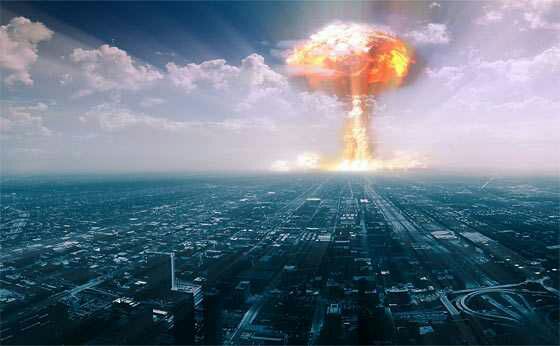

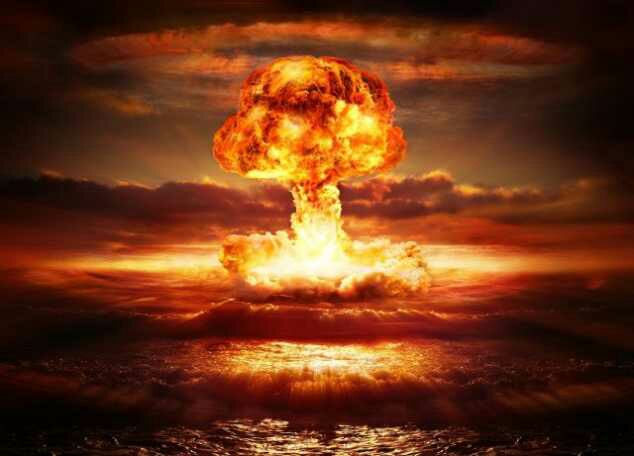



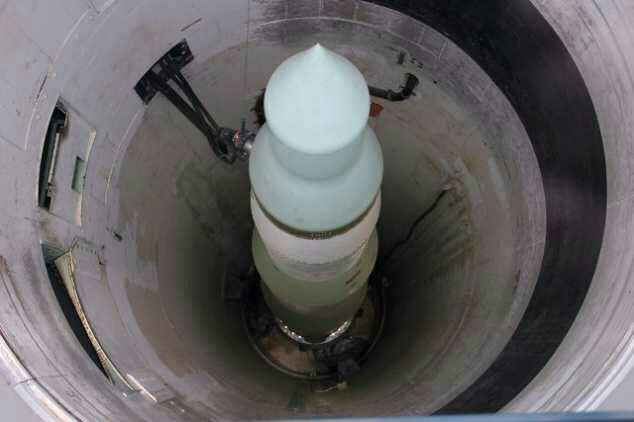
Not all Nuclear Bombs are designed to go off with a Big Bang.
All nuclear weapons are scary but the neutron bomb is possibly the most terrifying of them all. Unlike most bombs, it’s not designed to cause a huge explosion. In fact, it was specifically designed to create as small of a blast as possible. Instead of a fiery explosion, the neutron bomb is intended to spew out vast amounts of radiation killing anybody unfortunate enough to be in the vicinity whilst leaving buildings and infrastructure intact.
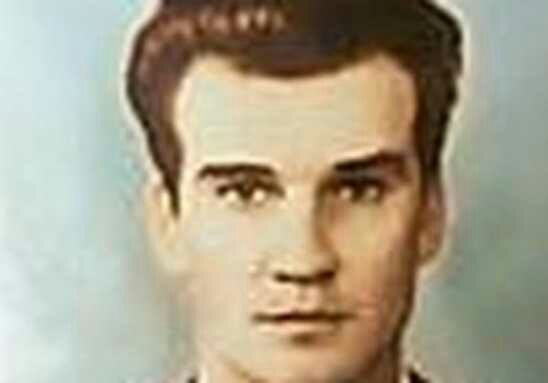
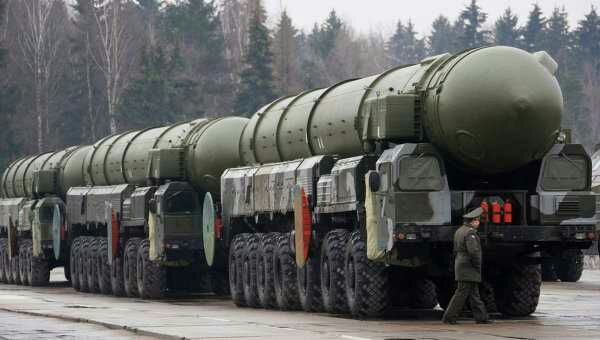
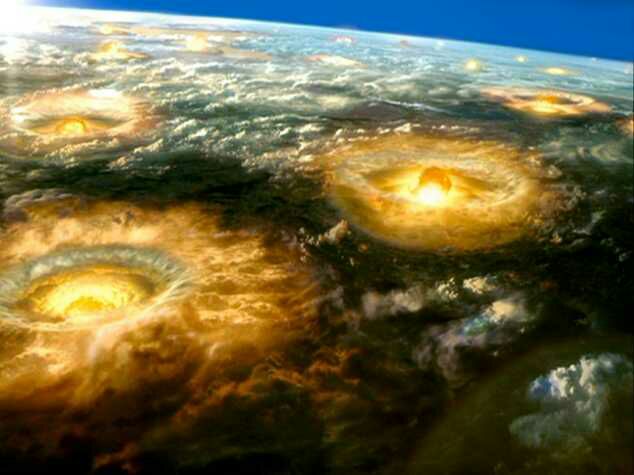
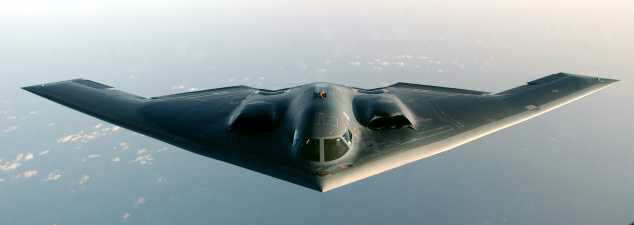



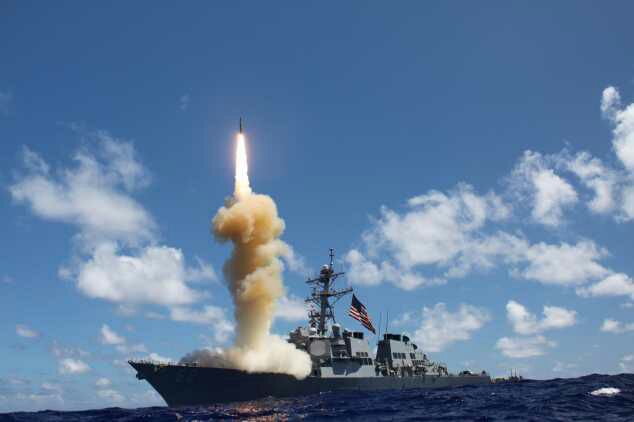
Source: http://www.toptenz.net/top-10-explosive-facts-nuclear-weapons.php
http://globalsolutions.org/blog/2015/12/10-Horrifying-Facts-about-Nuclear-Weapons#.VtKJgl2t-o8
1 Like 2 Shares
On average, regular sized nuclear weapons that
detonate over a city would burn away around40 to 65 square miles in the
blink of an eye.
1 Like 1 Share
The most powerful nuclear weapon ever detonated was
the Tsar Bomba, a Russian bomb with a cumulative power of over 50
megatons of TNT.
When the bomb detonated, it was with the force of 50 million tonnes of high explosive. That’s something in the region of 3800 times more powerful than the bomb used against Hiroshima. So powerful was the blast, that windows were broken in Finland, some 900 kilometres away, and the shockwave travelled around the Earth three times.
When the bomb detonated, it was with the force of 50 million tonnes of high explosive. That’s something in the region of 3800 times more powerful than the bomb used against Hiroshima. So powerful was the blast, that windows were broken in Finland, some 900 kilometres away, and the shockwave travelled around the Earth three times.
6 Likes 2 Shares
The U.S. and Russia each have thousands of nuclear
warheads on high alert, a term used to describe the readiness of said
missiles for launching. In this case, it would be mere minutes.
2 Likes 2 Shares
Eight Countries, including the United States,
Russia, United Kingdom, France, China, India, Pakistan, and North Korea
are declared nuclear states, with an additional three suspected
countries that remain undeclared.
1 Like 1 Share
The United States conducted over a thousand nuclear
tests between 1945 and 1992, with a primary health consequence of
increased radiation exposure leading to cancer. It’s estimated some
6,000 people will die from thyroid cancer as a result.
2 Likes 1 Share
Since 1951, the United States has gone on to produce 67, 500 nuclear missiles.
1 Like 2 Shares
Not all Nuclear Bombs are designed to go off with a Big Bang.
All nuclear weapons are scary but the neutron bomb is possibly the most terrifying of them all. Unlike most bombs, it’s not designed to cause a huge explosion. In fact, it was specifically designed to create as small of a blast as possible. Instead of a fiery explosion, the neutron bomb is intended to spew out vast amounts of radiation killing anybody unfortunate enough to be in the vicinity whilst leaving buildings and infrastructure intact.
One Man Prevented a Nuclear War and Gained a Vacuum Cleaner.
Not many people know the name Stanislov Petrov, yet on 26th September, 1983, he held the fate of the world in his hands. A lieutenant colonel in the Soviet Union’s Strategic Rocket Forces, Petrov wasn’t even supposed to be at work that night, but he was filling in for a colleague who had called in sick. Cold War tensions were running high. president Ronald Reagan had recently described the Soviet Union as an “evil empire,” NATO was conducting military manoeuvres in Europe, and three weeks earlier the USSR had shot down a South Korean airliner which they claimed had invaded their airspace on a spying mission. Petrov would have known all of this when the information on his screen told him that five US intercontinental ballistic missiles, each more than 100 times as powerful as the bomb dropped on Hiroshima, were headed towards the Soviet Union. Petrov picked up the phone to the Kremlin knowing that his advice would determine whether the Soviet Union launched a counterstrike. He told them it was a mistake. The system, known as Oko, had only come on stream the previous year and Petrov trusted his gut rather than the machines. Fortunately for the world, his guts were right, was a false alarm. In 2004, Petrov was gifted a World Citizen Awardand a cheque for $1,000. He gave most of the money to his grandchildren. With the rest he bought himself something he had always wanted, a vacuum cleaner.
cc: dominique
Not many people know the name Stanislov Petrov, yet on 26th September, 1983, he held the fate of the world in his hands. A lieutenant colonel in the Soviet Union’s Strategic Rocket Forces, Petrov wasn’t even supposed to be at work that night, but he was filling in for a colleague who had called in sick. Cold War tensions were running high. president Ronald Reagan had recently described the Soviet Union as an “evil empire,” NATO was conducting military manoeuvres in Europe, and three weeks earlier the USSR had shot down a South Korean airliner which they claimed had invaded their airspace on a spying mission. Petrov would have known all of this when the information on his screen told him that five US intercontinental ballistic missiles, each more than 100 times as powerful as the bomb dropped on Hiroshima, were headed towards the Soviet Union. Petrov picked up the phone to the Kremlin knowing that his advice would determine whether the Soviet Union launched a counterstrike. He told them it was a mistake. The system, known as Oko, had only come on stream the previous year and Petrov trusted his gut rather than the machines. Fortunately for the world, his guts were right, was a false alarm. In 2004, Petrov was gifted a World Citizen Awardand a cheque for $1,000. He gave most of the money to his grandchildren. With the rest he bought himself something he had always wanted, a vacuum cleaner.
cc: dominique
13 Likes 2 Shares
The Bombs of Today are Way More Powerful than those used in World War II.
The bombs which were dropped on Hiroshima and Nagasaki were horrifying weapons which brought terrible destruction to the people of Japan. However, they were little more than ambitious fireworks compared to the devices which are available to the nuclear powers of the world today. The yield of a nuclear device is measured in kilotons or megatons. Little Boy, the bomb which was dropped on Hiroshima, was a 16 kiloton weapon, which means it exploded with the force of 16 thousand tonnes of high explosives. Nowadays, weapons like that are considered to be tactical nuclear weapons designed for use against armies on the battlefield. Strategic nuclear weapons, which are the type which will start hitting us in the face if a full-scale nuclear war ever breaks out, are measured in millions of tonnes of high explosive. In other words, they have an explosive yield of a thousand or more times greater than the bombs used against Japan in World War II.
The bombs which were dropped on Hiroshima and Nagasaki were horrifying weapons which brought terrible destruction to the people of Japan. However, they were little more than ambitious fireworks compared to the devices which are available to the nuclear powers of the world today. The yield of a nuclear device is measured in kilotons or megatons. Little Boy, the bomb which was dropped on Hiroshima, was a 16 kiloton weapon, which means it exploded with the force of 16 thousand tonnes of high explosives. Nowadays, weapons like that are considered to be tactical nuclear weapons designed for use against armies on the battlefield. Strategic nuclear weapons, which are the type which will start hitting us in the face if a full-scale nuclear war ever breaks out, are measured in millions of tonnes of high explosive. In other words, they have an explosive yield of a thousand or more times greater than the bombs used against Japan in World War II.
1 Like 3 Shares
Nuclear War may be Inevitable.
So far we have been lucky. Despite several close calls and some careless blunders, only two of the thousands of nuclear weapons which have been constructed have ever been used in anger. However, we shouldn’t kid ourselves that the end of the Cold War has made the threat of nuclear war an irrelevance. In many ways, things are more dangerous than ever. There are two nuclear powers in India and Pakistan who refuse to play nicely with each other, a newly armed and unpredictable North Korean regime, and a belligerent Russia keen to reassert its power. According to some analysts, a nuclear war be inevitable. Even if the risk is only 0.5% per year that would mean a 5%chance of a nuclear war every decade. Given enough time even a small possibility becomes a certainty. The only way to prevent it would be worldwide disarmament, something which is very hard to foresee happening any time soon. One Stanford University Professor, Martin Hellman, predicts that any child born today runs a ten percent chance of being killed in a nuclear war. We can only hope we continue to be lucky.
So far we have been lucky. Despite several close calls and some careless blunders, only two of the thousands of nuclear weapons which have been constructed have ever been used in anger. However, we shouldn’t kid ourselves that the end of the Cold War has made the threat of nuclear war an irrelevance. In many ways, things are more dangerous than ever. There are two nuclear powers in India and Pakistan who refuse to play nicely with each other, a newly armed and unpredictable North Korean regime, and a belligerent Russia keen to reassert its power. According to some analysts, a nuclear war be inevitable. Even if the risk is only 0.5% per year that would mean a 5%chance of a nuclear war every decade. Given enough time even a small possibility becomes a certainty. The only way to prevent it would be worldwide disarmament, something which is very hard to foresee happening any time soon. One Stanford University Professor, Martin Hellman, predicts that any child born today runs a ten percent chance of being killed in a nuclear war. We can only hope we continue to be lucky.
2 Likes 2 Shares
A single US stealth bomber can carry 16 B83 nuclear
bombs. Each of those bombs can produce 75 times the yield of the atomic
bomb dropped on Hiroshima.
1 Like 1 Share
The first atomic bomb detonation at the Trinity site
in New Mexico caused the sand in the surrounding area to turn to glass
from the heat, creating a new mineral called “Trinitite”, named after
the site of the explosion.
3 Likes 1 Share
Testing a Hydrogen Bomb in Space.
In 1962, having given up on trying to blow up the moon, American scientists wanted to see what would happen if a nuclear bomb was exploded in space. In an operation codenamed Operation Starfish Prime, a powerful hydrogen bomb was launched in the nose of a Thor rocket to detonate some 250 miles above the Pacific Ocean. The test wasn’t without its controversy and brought forth protests across the globe. However, yhe Honolulu Advertiser was rather more upbeat with its cheerful headline “Nuclear Blast Tonight May be Dazzling; Good View Likely.” The device detonated in space at 11pm Honolulu time, on July 9th. Once again the explosion turned out to be more powerful than had been expected. The night sky was lit up by the blast and glowed in blue, red and green. An electromagnetic pulse knocked out electrical services up to 1500 kilometres away, disrupted telephone service, set off burglar alarms, and damaged satellites.
In 1962, having given up on trying to blow up the moon, American scientists wanted to see what would happen if a nuclear bomb was exploded in space. In an operation codenamed Operation Starfish Prime, a powerful hydrogen bomb was launched in the nose of a Thor rocket to detonate some 250 miles above the Pacific Ocean. The test wasn’t without its controversy and brought forth protests across the globe. However, yhe Honolulu Advertiser was rather more upbeat with its cheerful headline “Nuclear Blast Tonight May be Dazzling; Good View Likely.” The device detonated in space at 11pm Honolulu time, on July 9th. Once again the explosion turned out to be more powerful than had been expected. The night sky was lit up by the blast and glowed in blue, red and green. An electromagnetic pulse knocked out electrical services up to 1500 kilometres away, disrupted telephone service, set off burglar alarms, and damaged satellites.
3 Likes 2 Shares
The United States’ largest nuclear bomb has the combined detonation power of 200 million pounds of high explosives.
1 Like 1 Share
The missiles delivering nuclear weapons to their target travel at faster than 1000 miles in 4 minutes.
1 Like 1 Share
Comments
Post a Comment